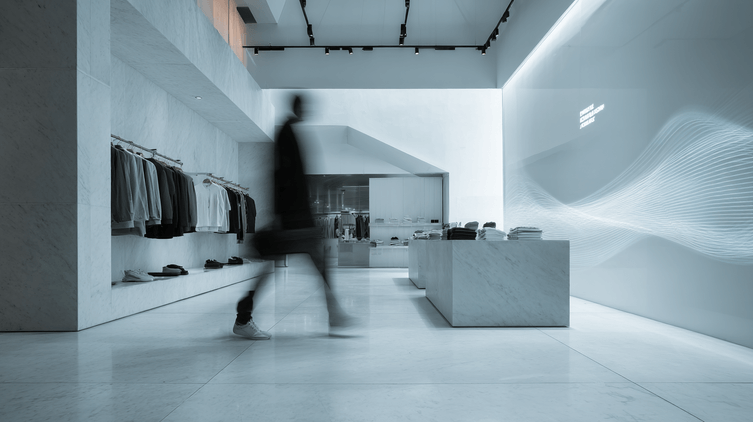You want to know more about the power of sonic branding. Tune in to what’s next.
Listen closely and you’ll hear the sounds of today’s brands all around you, sparking interest and standing out in a cluttered marketplace. Brands with a sound as distinctive and powerful as a logo. An “earprint,” if you will. One that—like a fingerprint—is uniquely, identifiably, their own.
It’s a sound concept known as sonic branding. Just as visual branding defines a brand with color and shape, audio—or sonic—branding does so with sound and music. The relevance of sonic identity continues to grow, especially in an increasingly voice-first and screen-saturated world.
A Sonic Branding Ecosystem
A longtime agency creative executive with a background in traditional branding, Colleen Fahey now has a broader belief in the parameters of brand identity. As co-author of the book, “Audio Branding: Using Sound to Build Your Brand,” Fahey champions audio identities that help make brands memorable.
“Well-designed audio clarifies what your brand stands for,” she says. “Are you carefree, festive and mobile? Trustworthy, supportive and comfortable? Innovative, surprising and friendly?”
Sonic branding is about defining a brand’s audio DNA and then adapting that DNA to all touchpoints—or soundpoints—encompassing a sonic ecosystem that includes everything from on-hold music to digital UX sounds and podcast intros.
The language of music is well understood across borders and age groups. According to Fahey, when music is used as a language, it not only creates a bond but also tells a story in a language that is universally understood.
Sonic Branding in Action
Sound doesn’t require eyes to grab attention, and technology has made it easier for us to not just multi-task, but multi-sensory-task: listen to a podcast while driving, talk to a voice assistant while cooking, watch TV, and scroll through your phone.
“If the computer of today is mostly visual with an aid from voice, the computer of tomorrow has a good chance of being primarily voice, aided by visuals.”
Building engagement through music is more than creating a memory device. It’s not about jingles, nor the licensing of popular songs. Songs are not ownable. They come and go, but an ownable audio mark has far greater staying power.
As the name suggests, continuous partial attention means that audiences are interacting with brand messages in short, sporadic bursts. Brand marketers have more reason than ever to make the most of every touchpoint, including the audio ones. Companies that use a multi-sensory approach stand a better chance of connecting with the consumer.
“Sound Extraordinary” with Audio Branding
A common misconception about audio branding is that it’s just for television and radio advertisers. Not so. It is increasingly vital across sectors, including robotics, energy, insurance, and healthcare, as well as digital-first platforms and connected environments.
Forward-looking companies are investing in sonic branding as part of their broader identity. They’re examining how sound affects perception, usability, and emotion—particularly in a landscape where audio-first interactions are becoming the norm.
As brands integrate audio cues into everything from app notifications to live events, the sonic ecosystem becomes a core component of identity. A thorough audio brand exploration helps ensure consistency and authenticity, just like a visual logo system.
Like visual branding, audio branding utilizes a style guide. Core elements stay the same (like a logo) but can be expanded depending on medium and usage in a campaign. And in 2025, it’s not just a creative advantage—it’s a competitive necessity.
Audio branding is relevant across industries in both the B2B and B2C spaces. As long as you are authentic to your brand and understand your customer journey inside and out, it doesn’t matter if you are selling toothpaste or smart mobility systems. It enhances the customer experience.
Audio branding also helps brands combat distraction caused by device overload, overcoming the effects of continuous partial attention to ensure they remain present and memorable throughout the consumer’s daily life.
The more marketers expand into different media, the more inclusive we can be. Someone who is blind or vision-impaired can potentially benefit from a brand’s expansion to audio, just as captioning on social media videos has created a more inclusive experience for those who are hearing-impaired.









